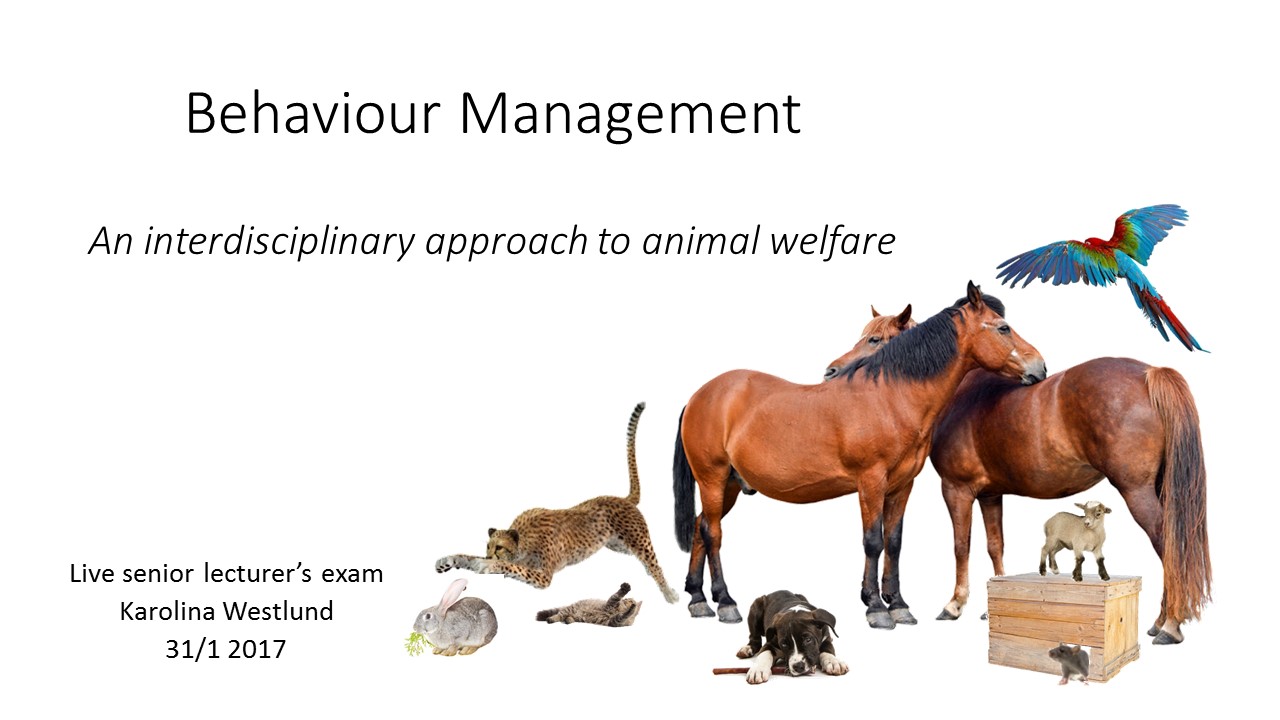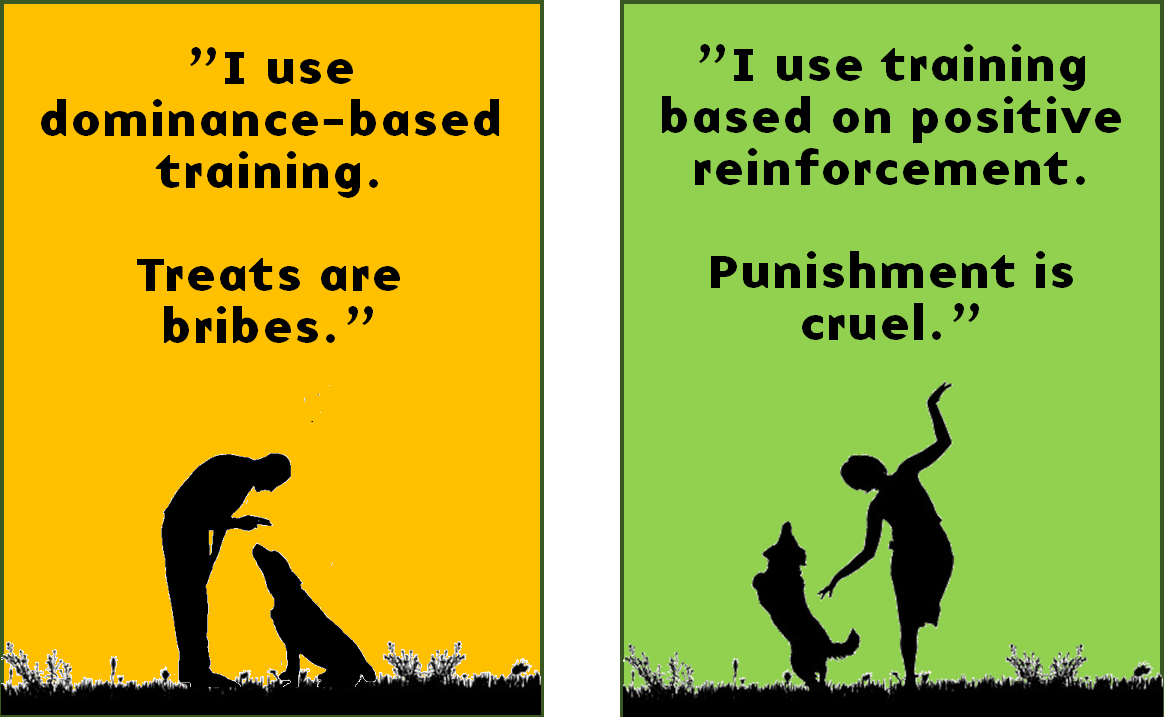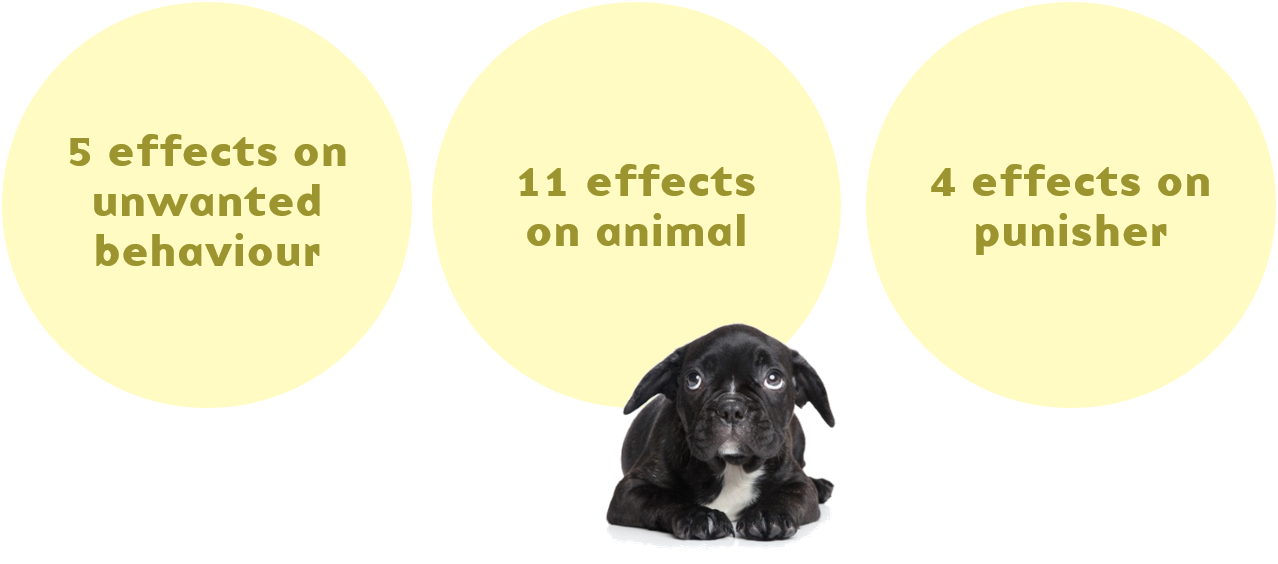Many animal trainers, veterinarians and pet owners highlight the importance of controlling animals. Controlling them, as in restricting the animals’ movement, their choices and their opportunities to control their environment through their behaviour.
Sometimes you have to, for safety reasons.
Obviously.
But often you don’t – and more often than you might think. Actually, the trend in modern animal training is to deliberately and strategically shift control from the handler to the animal, while still staying safe.





